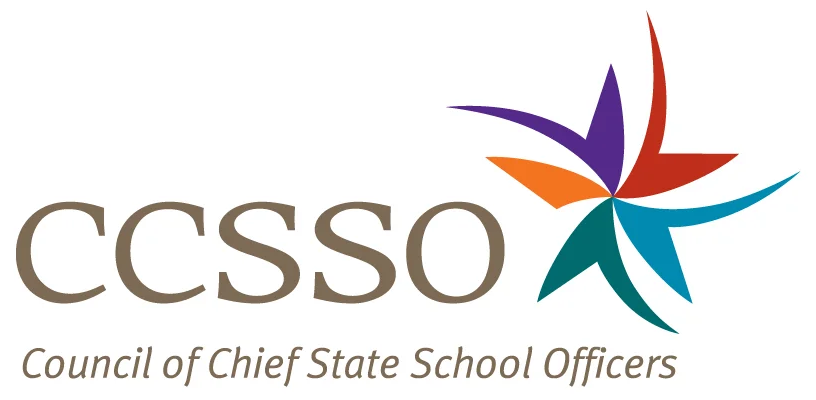Coherent Assessment Systems from a Chief Perspective
More than 850 educators, researchers, policymakers and practitioners attended the Council of Chief State School Officers’ (CCSSO) National Conference of Student Assessment (NCSA) held in Seattle, Washington, this summer. Themed Designing an Effective, Coherent Assessment System for All Learners, the conference brought together renowned experts and speakers from different parts of the country to share their experiences in measuring learning to support academic achievement.
During the opening plenary luncheon, Coherent Assessment Systems from a Chief Perspective, chiefs representing Washington, Indiana and North Dakota shared the latest assessment efforts underway in their respective states. Moderated by CCSSO Chief Executive Officer Carissa Moffat Miller, the session highlighted innovative approaches to enhance assessments and better support teachers and student learning.
The state of Washington is pioneering artificial intelligence (AI) guidance to complement its current assessment models. Superintendent Chris Reykdal shared how the AI-based system can capture real-time data of an individual learner and build concepts to tailor instructional design for that student throughout the year. This enhancement allows instructors to quickly respond to and address areas in which students may be struggling or accelerate their learning, without having to wait for the spring.
Indiana Secretary Katie Jenner discussed why the state is redesigning its largest assessment as a through-year model to help students better meet learning objectives. By redesigning the assessment to have three checkpoints throughout the school year, teachers and parents can access ready information to better support individual student learning. Checkpoints can be administered anytime throughout a nine-week, flexible window, ensuring students have had the opportunity to learn the content prior to the assessment. If a Checkpoint shows that a student has not yet mastered a particular standard, the student can receive additional intervention and instruction and have an opportunity to retest prior to the summative assessment at the end of the year.
Superintendent Kirsten Baesler talked about why North Dakota implemented the ND A+ System, integrating summative, interim and formative assessments. The formative assessment gives teachers on-demand data to determine where a student may be on a particular North Dakota-aligned standard, and it helps produce personalized information that is useful at the teacher/instructional level. The interim assessment, which is a smaller assessment based off the summative blueprint, may predict how a student may perform on a summative assessment and measure in-year growth, which allows for better resource allocation and monitoring.
To hear more from state chiefs and their strategies for leveraging assessment, click here.
